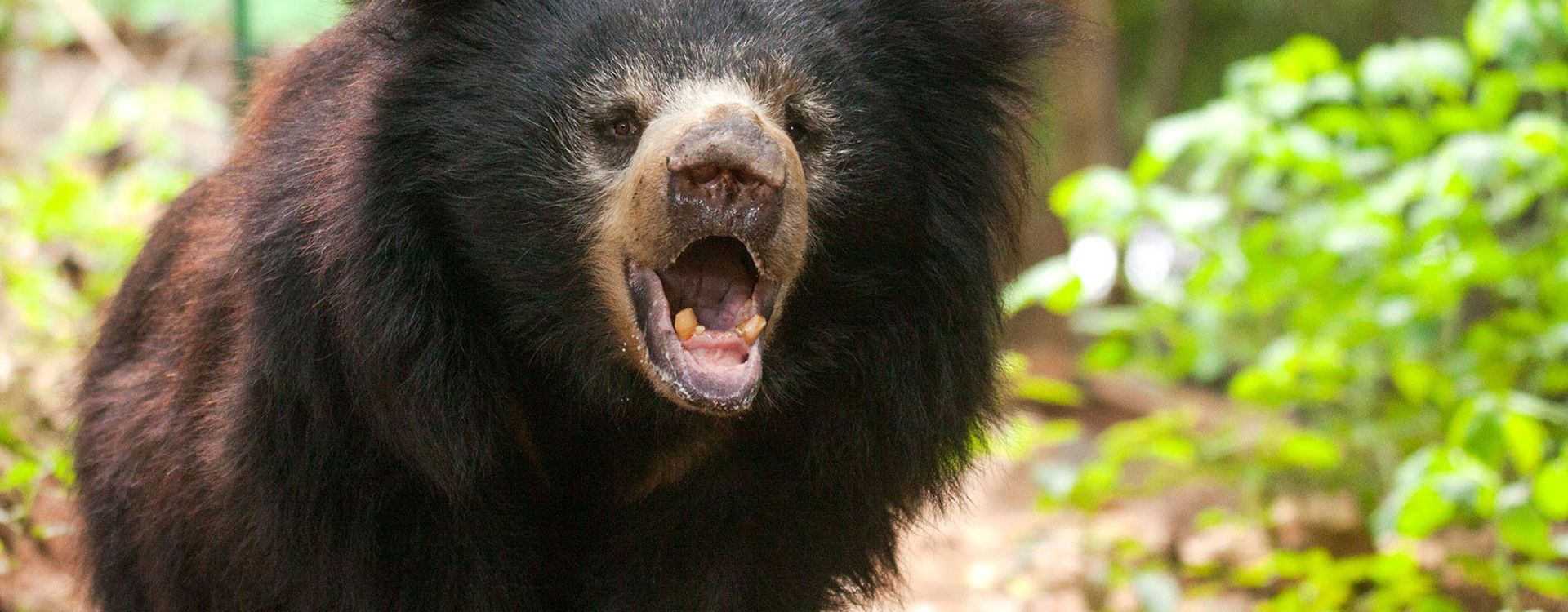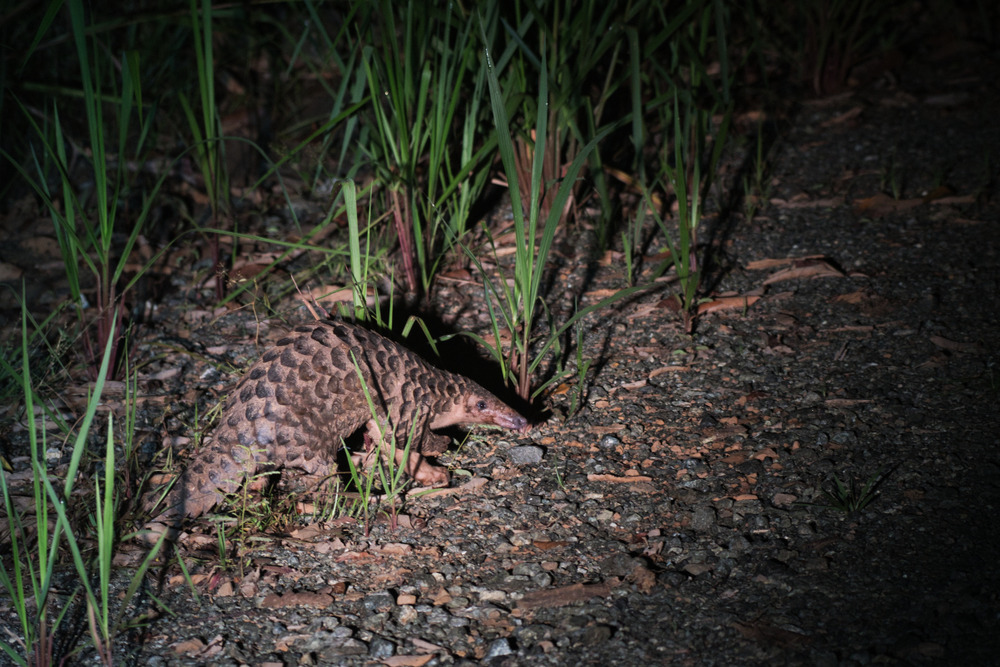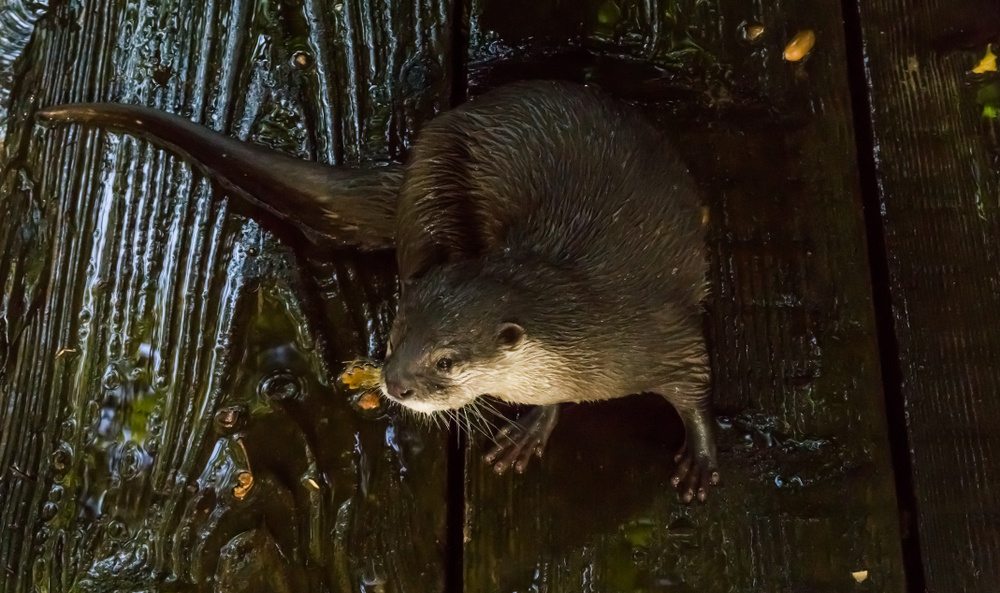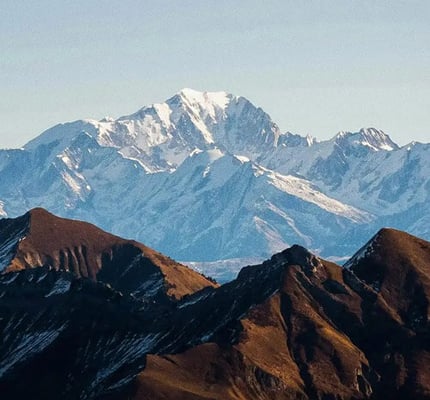Lightfoot Travel
WhatsApp Business Account

Conservation International has launched a research tool that tracks the health of wildlife across the globe
If you go down to the woods today, you will probably see just one-tenth of its wildlife. For animals can hear, see, and smell you long before you know they are there. This talent, while advantageous for the animals, makes it hard for the scientists to gather the data needed to protect them.
The need for wildlife research is more important than ever. In 2019, the United Nations announced that the world is now facing a biodiversity crisis. We are set to lose more than a million species over the next few years. This loss of wildlife will lead to the breakdown of ecosystems that humanity relies on.
This urgency and these barriers to conservation led Conservation International to create Wildlife Insights – an innovative AI tool that gives scientists the data they need to help them produce smart conservation policies.

Camera traps have long proved to be great tools in gathering information on animals and their habitats. However, logging the information was an arduous process as scientists would have to manually sift through the images caught on camera traps and try and work out which animals have been caught on camera. Google has reduced the time that it takes to collate and analyze the data dramatically by creating an AI program, which instantly identifies the animal that has been photographed. This means that the decision-makers are receiving the correct information in near real-time and they have a greater understanding of the status of many endangered species.
In North Sumatra, Conservation International is using camera traps to map the range of the Critically Endangered Sumatran tiger. Last year its team discovered footprints of these animals in the 44,000 hectare Batang Angkola Protected Forest. With an estimated 400 animals remaining on Earth, this was an extremely exciting discovery, extending the species’ previously known range. The camera trapping evidence now gives researchers the chance to inform the forest management and extend conservation zones so that these may safeguard the last of these big cats. Other species that will benefit from this real-time information include the Sunda pangolin, which is also critically endangered, as well as sun bear, civet cats and the tapir.

Conservation International has also taken the AI-enhanced camera traps to Cambodia’s Tonle Sap Lake, which is a habitat for a range of globally threatened and migratory species. The team is able to use the cameras to see what animals are present and understand the health of the eco-system of the lake. From the endangered hairy-nosed otters to the elusive Vulnerable fishing cat, the camera traps will provide evidence of information on these creatures that would have previously been unattainable.
As the largest camera trap image database in the world, Wildlife Insights is poised to transform wildlife conservation and connect people with some of the most biodiverse places and wild species on the planet. View some of the selfies on their world map.
South AfricaMadikwe & the WaterbergCape TownSouth African WinelandsAfrica
ColomboGalle FortSri Lankan SafarisCultural TriangleSri Lanka
Okavango DeltaBotswanaMozambiqueAfrica
